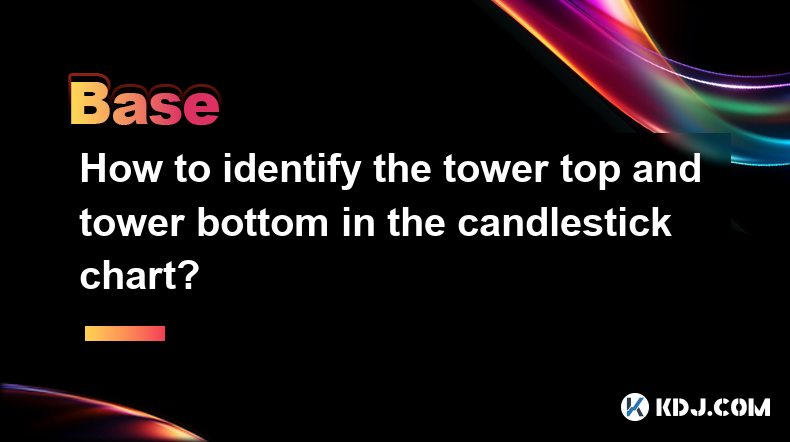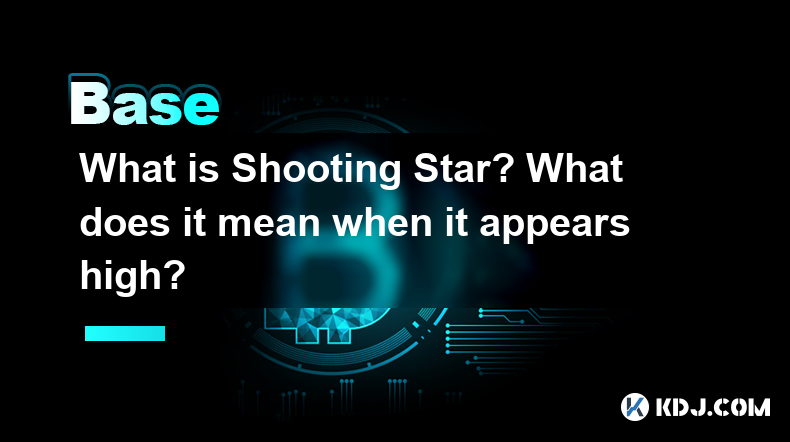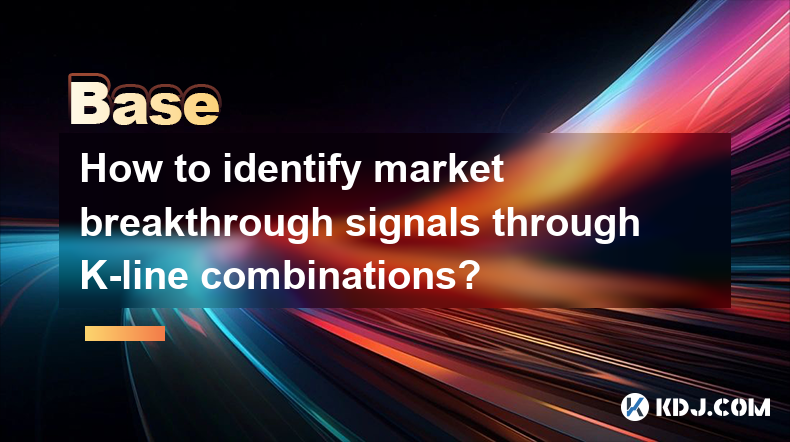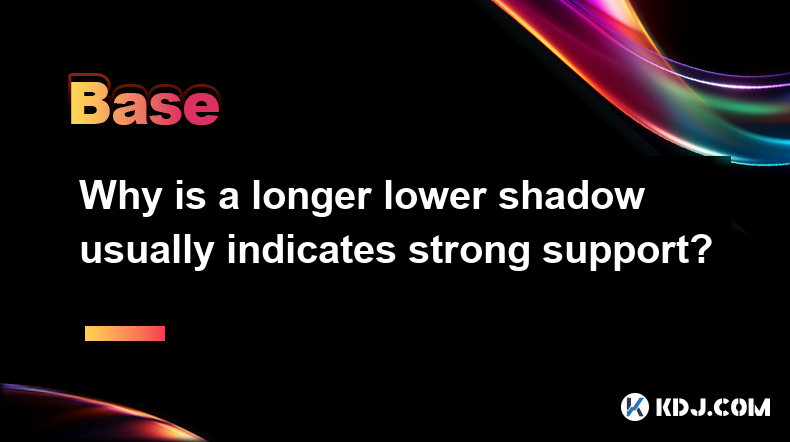-
 Bitcoin
Bitcoin $82,268.0001
-4.04% -
 Ethereum
Ethereum $1,777.8015
-5.02% -
 Tether USDt
Tether USDt $0.9997
-0.03% -
 XRP
XRP $2.0017
-5.57% -
 BNB
BNB $584.3181
-3.27% -
 USDC
USDC $0.9999
-0.02% -
 Solana
Solana $113.9101
-10.18% -
 Dogecoin
Dogecoin $0.1582
-7.95% -
 TRON
TRON $0.2338
-1.55% -
 Cardano
Cardano $0.6241
-8.78% -
 Toncoin
Toncoin $3.5629
-12.05% -
 UNUS SED LEO
UNUS SED LEO $9.3926
0.04% -
 Chainlink
Chainlink $12.4716
-8.37% -
 Stellar
Stellar $0.2537
-5.64% -
 Avalanche
Avalanche $18.0808
-5.86% -
 Sui
Sui $2.2582
-8.11% -
 Shiba Inu
Shiba Inu $0.0...01212
-2.66% -
 Hedera
Hedera $0.1562
-6.92% -
 Litecoin
Litecoin $81.9021
-1.77% -
 Polkadot
Polkadot $3.9168
-4.95% -
 MANTRA
MANTRA $6.2584
-0.81% -
 Bitcoin Cash
Bitcoin Cash $296.8025
-3.05% -
 Bitget Token
Bitget Token $4.4990
-1.96% -
 Dai
Dai $0.9999
0.02% -
 Ethena USDe
Ethena USDe $0.9996
-0.03% -
 Monero
Monero $212.8042
-2.13% -
 Pi
Pi $0.5633
-17.59% -
 Hyperliquid
Hyperliquid $11.1531
-17.45% -
 Uniswap
Uniswap $5.7444
-5.64% -
 Aptos
Aptos $5.0383
-5.12%
How do governments regulate cryptocurrency?
Governments worldwide are grappling with regulating cryptocurrencies, with approaches ranging from bans to comprehensive frameworks, creating a fragmented global landscape.
Apr 01, 2025 at 03:42 pm

The Evolving Landscape of Cryptocurrency Regulation
Governments worldwide are grappling with the challenge of regulating cryptocurrencies. The decentralized and borderless nature of cryptocurrencies presents unique difficulties for traditional regulatory frameworks. The approaches vary significantly, ranging from outright bans to comprehensive regulatory frameworks. Understanding these differences is crucial for anyone involved in the cryptocurrency ecosystem.
The lack of a universally accepted definition of cryptocurrency adds to the complexity. Is it a currency, a commodity, a security, or something else entirely? This classification significantly impacts how it's regulated, influencing taxation, anti-money laundering (AML) compliance, and consumer protection measures. The legal ambiguity creates uncertainty for both businesses and individuals.
Many governments are adopting a "wait-and-see" approach, monitoring the market's evolution before implementing comprehensive regulations. This cautious approach allows them to learn from the experiences of early adopters and adapt their regulations accordingly. However, this also creates a period of uncertainty, potentially hindering innovation and investment.
Different Regulatory Approaches
Some countries have adopted a relatively hands-off approach, focusing on consumer protection rather than outright bans. These jurisdictions often prioritize combating illicit activities like money laundering and terrorist financing associated with cryptocurrencies. They might implement Know Your Customer (KYC) and Anti-Money Laundering (AML) regulations for cryptocurrency exchanges and service providers.
Other countries have taken a more proactive approach, developing comprehensive regulatory frameworks. These frameworks often cover various aspects of the cryptocurrency ecosystem, including licensing requirements for exchanges, taxation of cryptocurrency transactions, and consumer protection measures. These regulations aim to balance innovation with risk mitigation.
Conversely, some governments have chosen to ban cryptocurrencies altogether, citing concerns about their potential for illicit activities and market volatility. These bans often prove difficult to enforce effectively due to the decentralized nature of cryptocurrencies. Furthermore, such bans can stifle innovation and limit economic opportunities.
Specific Regulatory Measures
Governments employ various regulatory tools to manage the risks associated with cryptocurrencies. These include:
- Licensing and registration: Requiring cryptocurrency exchanges and other service providers to obtain licenses ensures compliance with regulatory standards.
- KYC/AML regulations: Implementing KYC/AML procedures helps prevent the use of cryptocurrencies for illicit activities. This is crucial for tracking transactions and identifying suspicious activity.
- Taxation: Governments are developing tax policies to address the taxation of cryptocurrency transactions, capital gains, and income generated from cryptocurrency activities.
- Consumer protection: Regulations aim to protect consumers from fraud, scams, and market manipulation within the cryptocurrency market.
- Data protection: Regulations address the collection, storage, and use of personal data by cryptocurrency businesses.
The implementation of these measures varies significantly across jurisdictions, leading to a fragmented global regulatory landscape. This fragmentation can create challenges for businesses operating internationally and necessitates careful consideration of the specific regulations in each jurisdiction.
The Role of International Cooperation
The global nature of cryptocurrencies necessitates international cooperation to effectively regulate them. International organizations like the Financial Action Task Force (FATF) are playing a crucial role in developing international standards for combating money laundering and terrorist financing in the cryptocurrency space. Harmonizing regulations across jurisdictions is essential to prevent regulatory arbitrage and ensure a level playing field.
The challenge lies in balancing the need for effective regulation with the promotion of innovation. Overly restrictive regulations could stifle innovation and limit the potential benefits of cryptocurrencies, while inadequate regulation could expose consumers and the financial system to significant risks. Finding the right balance is a key challenge for governments worldwide.
The Future of Cryptocurrency Regulation
The regulatory landscape for cryptocurrencies is constantly evolving. As the technology matures and the market grows, governments are likely to refine their regulatory approaches. The increasing adoption of cryptocurrencies and the emergence of new technologies like decentralized finance (DeFi) will continue to shape the future of cryptocurrency regulation.
The development of regulatory frameworks will likely involve ongoing dialogue between governments, industry stakeholders, and experts. This collaborative approach is crucial to ensure that regulations are effective, proportionate, and promote innovation while mitigating risks. A flexible and adaptable regulatory approach is essential to keep pace with the rapid evolution of the cryptocurrency market.
Frequently Asked Questions
Q: Are all cryptocurrencies regulated the same way?
A: No, the regulatory approach varies significantly depending on the jurisdiction and the specific characteristics of the cryptocurrency (e.g., whether it's considered a security, a commodity, or a currency).
Q: What are the main risks associated with unregulated cryptocurrencies?
A: The main risks include fraud, scams, money laundering, terrorist financing, and market manipulation. The lack of consumer protection can also lead to significant financial losses for investors.
Q: How can I stay informed about cryptocurrency regulations in my country?
A: Regularly check the websites of your country's financial regulatory authorities and relevant government agencies. You can also consult legal professionals specializing in cryptocurrency regulation.
Q: What is the role of the FATF in cryptocurrency regulation?
A: The Financial Action Task Force (FATF) develops international standards to combat money laundering and terrorist financing, including those related to virtual assets like cryptocurrencies. Many countries adopt these standards into their national regulations.
Q: Will governments eventually ban all cryptocurrencies?
A: While some governments have implemented bans, a complete global ban is unlikely due to the decentralized nature of cryptocurrencies and the difficulty of enforcement. More likely, we'll see a range of regulatory approaches across different jurisdictions.
Disclaimer:info@kdj.com
The information provided is not trading advice. kdj.com does not assume any responsibility for any investments made based on the information provided in this article. Cryptocurrencies are highly volatile and it is highly recommended that you invest with caution after thorough research!
If you believe that the content used on this website infringes your copyright, please contact us immediately (info@kdj.com) and we will delete it promptly.
- Jack Dorsey Warns Bitcoin (BTC) Could Lose Its Open Ethos as Institutional Investment Grows
- 2025-04-03 22:45:11
- Kadena Launches Chainweb EVM with 20 New EVM-Compatible Chains
- 2025-04-03 22:45:11
- Currently, Shiba Inu (SHIB) is trading at $0.00001211 after experiencing a 1.65% decrease in the last 24 hours and a 5.03% decrease over the past 30 days. These figures show that while there is short-term selling pressure, the overall medium-term trend sh
- 2025-04-03 22:40:12
- Supermicro Systems with the NVIDIA B200 Outperform the Previous Generation of Systems with 3X the Token Generation Per Second
- 2025-04-03 22:40:12
- Supermicro Systems with the NVIDIA B200 Outperformed the Previous Generation of Systems by Delivering 3X the Token Generation Per Second
- 2025-04-03 22:35:12
- Kevin O'Leary and Dave Portnoy Join the Lineup of Speakers at Consensus Toronto 2025
- 2025-04-03 22:35:12
Related knowledge

Why can the inverted hammer shape appear at the bottom be used as a reversal signal?
Apr 03,2025 at 04:07pm
Inverted Hammer is a common K-line pattern in technical analysis, and is often regarded as a potential reversal signal when it appears at the bottom. This article will explore in detail why an inverted hammer line may be a reversal signal when it appears at the bottom, and provide specific identification and application methods. Basic characteristics of...

How to identify the tower top and tower bottom in the candlestick chart?
Apr 03,2025 at 04:03pm
In K-line chart analysis, 'Tower Top' and 'Tower Bottom' are two important reversal patterns and are usually used to predict changes in price trends. Identifying these patterns requires careful observation of the price trend and the pattern characteristics of the K-line. Below we will introduce in detail how to identify the 'tower to...

What is Shooting Star? What does it mean when it appears high?
Apr 03,2025 at 03:56pm
In cryptocurrency trading, technical analysis is an important tool to help traders predict future trends of the market. Among them, Shooting Star is a common bearish reversal pattern. This article will give you more details on what 'Shooting Star' is and what it means when it appears at a high level. The definition of 'Shooting Star'Shoo...

What is the difference between dark cloud cover and piercing shape?
Apr 03,2025 at 03:50pm
In the world of cryptocurrency trading, technical analysis is one of the important tools traders use to predict market trends and make trading decisions. Among them, 'Dark Cloud Cover' and 'Piercing Pattern' are two common reversal patterns, which have specific appearance and meaning on the K-line chart. Although they seem similar, there...

How to identify market breakthrough signals through K-line combinations?
Apr 03,2025 at 03:46pm
In cryptocurrency markets, identifying breakthrough signals is crucial for traders. K-line chart is a commonly used technical analysis tool. By analyzing K-line combinations, traders can more accurately identify the market's breakthrough signals. This article will introduce in detail how to identify the breakthrough signals of the market through the...

Why is a longer lower shadow usually indicates strong support?
Apr 03,2025 at 03:43pm
The long lower shadow is an important form in technical analysis and is often used by investors to judge the strength of the market's support. The long lower shadow refers to the fact that the lower shadow of a certain K-line is significantly longer than the solid part and the upper shadow in the K-line chart. This pattern usually means that at a ce...

Why can the inverted hammer shape appear at the bottom be used as a reversal signal?
Apr 03,2025 at 04:07pm
Inverted Hammer is a common K-line pattern in technical analysis, and is often regarded as a potential reversal signal when it appears at the bottom. This article will explore in detail why an inverted hammer line may be a reversal signal when it appears at the bottom, and provide specific identification and application methods. Basic characteristics of...

How to identify the tower top and tower bottom in the candlestick chart?
Apr 03,2025 at 04:03pm
In K-line chart analysis, 'Tower Top' and 'Tower Bottom' are two important reversal patterns and are usually used to predict changes in price trends. Identifying these patterns requires careful observation of the price trend and the pattern characteristics of the K-line. Below we will introduce in detail how to identify the 'tower to...

What is Shooting Star? What does it mean when it appears high?
Apr 03,2025 at 03:56pm
In cryptocurrency trading, technical analysis is an important tool to help traders predict future trends of the market. Among them, Shooting Star is a common bearish reversal pattern. This article will give you more details on what 'Shooting Star' is and what it means when it appears at a high level. The definition of 'Shooting Star'Shoo...

What is the difference between dark cloud cover and piercing shape?
Apr 03,2025 at 03:50pm
In the world of cryptocurrency trading, technical analysis is one of the important tools traders use to predict market trends and make trading decisions. Among them, 'Dark Cloud Cover' and 'Piercing Pattern' are two common reversal patterns, which have specific appearance and meaning on the K-line chart. Although they seem similar, there...

How to identify market breakthrough signals through K-line combinations?
Apr 03,2025 at 03:46pm
In cryptocurrency markets, identifying breakthrough signals is crucial for traders. K-line chart is a commonly used technical analysis tool. By analyzing K-line combinations, traders can more accurately identify the market's breakthrough signals. This article will introduce in detail how to identify the breakthrough signals of the market through the...

Why is a longer lower shadow usually indicates strong support?
Apr 03,2025 at 03:43pm
The long lower shadow is an important form in technical analysis and is often used by investors to judge the strength of the market's support. The long lower shadow refers to the fact that the lower shadow of a certain K-line is significantly longer than the solid part and the upper shadow in the K-line chart. This pattern usually means that at a ce...
See all articles























































































